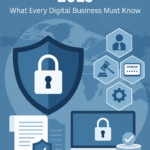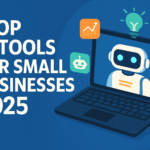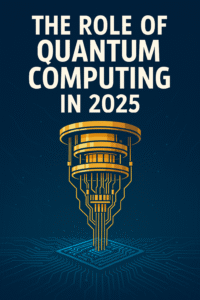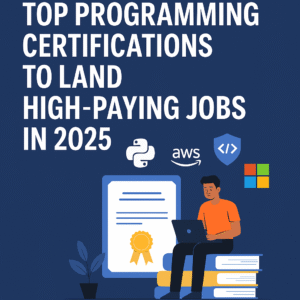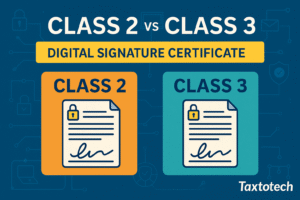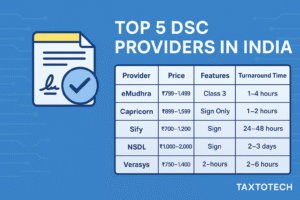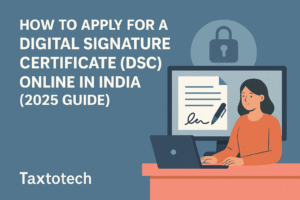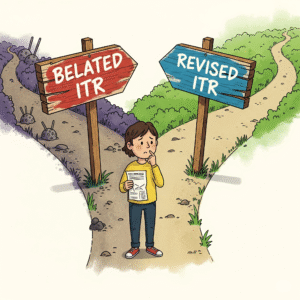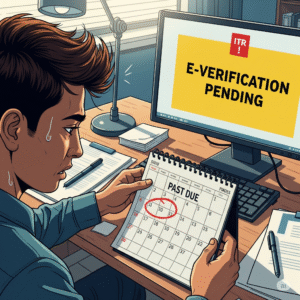Welcome Taxtotech Readers,
The digital world in 2025 is more connected—and more vulnerable—than ever. As businesses, especially small and medium enterprises (SMEs), adopt AI, cloud, and IoT, cyber threats have evolved rapidly.
This year’s cybersecurity trends aren’t just about better passwords or antivirus—they’re about AI-powered attacks, zero trust architecture, and automated defense.
Let’s break down the most important cybersecurity trends of 2025 and what your business needs to do now to stay ahead.
Why 2025 Is a Turning Point for Cybersecurity
- Over 80% of data breaches involve human error or outdated systems
- AI tools are now used by both attackers and defenders
- Governments are enforcing stricter data privacy laws globally
- 5G and IoT adoption is increasing entry points for attacks
Top Cybersecurity Trends in 2025
| Trend | What It Means | Why It Matters |
|---|---|---|
| AI-Driven Threat Detection | AI systems identify threats in real-time | Speeds up response & limits damage |
| Zero Trust Architecture | “Never trust, always verify” model | Reduces internal threats & phishing |
| Passwordless Authentication | Facial ID, biometrics, passkeys | Less reliance on human memory |
| Cybersecurity-as-a-Service (CaaS) | Outsourced, affordable security layers | Ideal for small businesses |
| Quantum-Safe Encryption | Resistant to future quantum hacks | Proactive future-proofing |
Rise of AI in Cybersecurity
While AI has made cyberattacks more sophisticated, it’s also a defense powerhouse:
- Detects anomalies in large networks in seconds
- Blocks phishing attacks by analyzing language patterns
- Automatically patches system vulnerabilities
Tools like Darktrace, CrowdStrike Falcon, and Microsoft Defender for Endpoint now come with AI co-pilots.
Cybercrime-as-a-Service Is Booming
Unfortunately, hackers are also getting smarter. In 2025:
- AI Phishing Generators craft hyper-personalized scam emails
- Malware subscriptions are sold on the dark web
- Deepfake voice scams trick employees into wire transfers
If you run a small business, these tools could target your staff unknowingly. Awareness is your best defense.
How Small Businesses Can Stay Safe
| Strategy | Tool | Estimated Cost |
|---|---|---|
| Endpoint Protection | Bitdefender / Norton 360 | ₹1,500–₹5,000/year |
| Email Security | Proofpoint / Mimecast | ₹3,000/month |
| Website Firewall | Cloudflare / Sucuri | ₹0 – ₹10,000/year |
| Employee Training | KnowBe4 / MetaShield | ₹500/employee |
| Backup Systems | Acronis / Backblaze | ₹2,500/year |
Taxtotech Tip: Build a Cybersecurity Stack
Here’s a sample cyber protection toolkit for small businesses in 2025:
- 🔒 Antivirus: Bitdefender GravityZone
- 📧 Email filter: Mimecast AI
- 🌐 Firewall: Cloudflare Zero Trust
- 🧠 Staff training: KnowBe4 security awareness
- 🗂 Backup: Google Workspace with Vault enabled
Key Cybersecurity Laws to Know (2025 Edition)
- India’s Digital Personal Data Protection Act (DPDP): Mandatory consent & data storage norms
- EU’s NIS2 Directive: Stronger network security mandates
- USA’s Executive Order 14028: Requires federal vendors to follow zero trust and MFA
- Global GDPR Extensions: More cross-border compliance required
If you’re dealing with international clients, you must follow multiple data regulations.
Cybersecurity Certifications in 2025 (Great for Founders & Staff)
| Certification | Use Case | Cost |
|---|---|---|
| CompTIA Security+ | Foundational knowledge | ₹25,000 |
| CISSP | Advanced cyber management | ₹70,000+ |
| CEH (Certified Ethical Hacker) | Learn hacking techniques ethically | ₹45,000 |
| Google Cybersecurity Certificate | Beginner-friendly, job-ready | Free to ₹10,000 |
These can help even non-tech business owners build awareness.
FAQs
Q: What is Zero Trust and why is it important in 2025?
Zero Trust means never automatically trusting users or devices. It limits internal threats and phishing risks.
Q: Is AI making cybersecurity harder or easier?
Both. It helps businesses defend faster but also allows cybercriminals to build more advanced attacks.
Q: Should small businesses hire a cybersecurity firm?
You don’t need full-time staff, but Cybersecurity-as-a-Service (CaaS) plans are affordable and effective in 2025.
Q: How often should we update our cybersecurity plan?
At least once every 6 months, especially after software changes or cyber incidents.
Final Thoughts from Taxtotech
In 2025, cybersecurity is no longer optional—it’s a vital business asset.
With AI attacks increasing and new laws being enforced globally, staying ahead means being proactive, not reactive. Start with employee training, upgrade your tools, and consider a cybersecurity subscription if you’re not ready to hire in-house experts.
Bookmark Taxtotech.com and stay informed about the tools and trends that protect your business.



